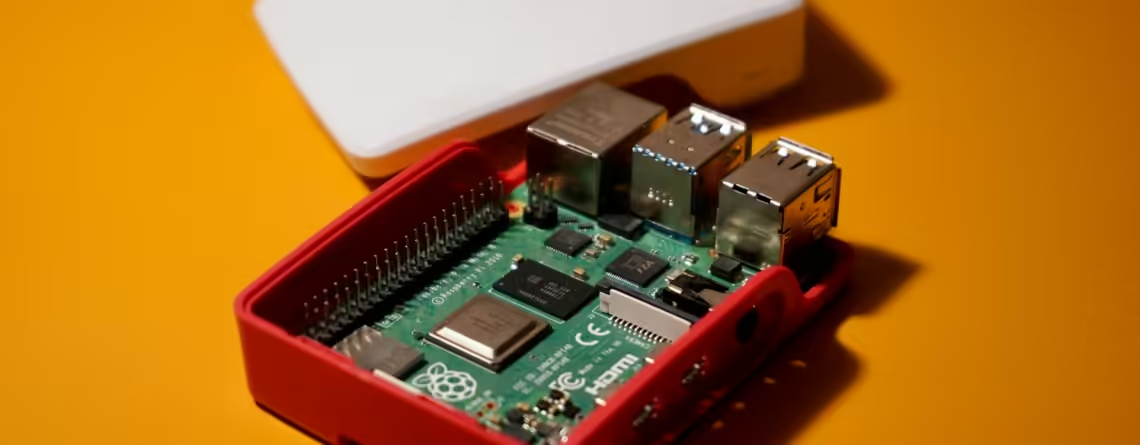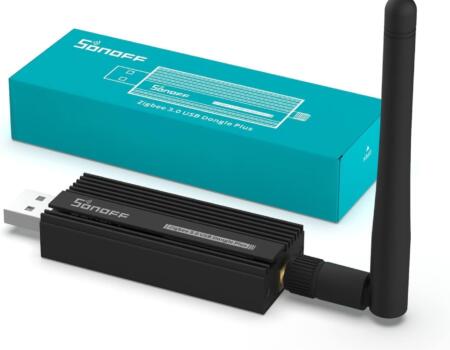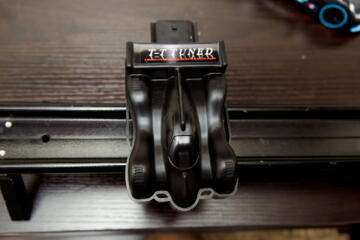Exploring Z-Wave: The Backbone of Home Automation
Exploring Z-Wave: The Backbone of Home AutomationIn the dynamic sphere of smart homes and Internet of Things (IoT) devices, Z-Wave stands out as a foundational technology that has been steering the direction of home automation towards a more cohesive, efficient, and user-friendly future. As we delve into the intricacies of Z-Wave, its technical advantages, application scenarios, and the latest advancements, it’s clear why this technology has earned its place as the backbone of home automation.
The Essence of Z-Wave Technology
Z-Wave, at its core, is a wireless communications protocol designed specifically for home automation. It operates on a low-frequency, 908.42 MHz band in the US, with variations depending on the country, ensuring minimal interference with other household devices. This technology’s primary forte lies in its low power consumption and robust network capabilities, where devices form a mesh network, allowing for greater range and reliability through mutual reinforcement of signal paths.One of the standout features of Z-Wave is its interoperability. With over 3,300 certified products on the market, the technology supports a wide array of devices from various manufacturers, including smart locks, lighting, thermostats, and security systems. This extensive compatibility ensures users can select the best devices for their needs without worrying about ecosystem lock-ins, fostering a diverse and innovative product landscape.Technical Advantages
Reliable Mesh Networking
Z-Wave’s mesh network architecture is a cornerstone of its reliability. Each powered device acts as a node that can relay commands to other devices, effectively increasing the network’s range and resilience. This self-healing nature of the mesh network ensures that if one node fails, the system can reroute commands through other nodes, maintaining uninterrupted communication throughout the smart home ecosystem.Enhanced Security
Security remains a paramount concern in home automation. Recent advancements in Z-Wave technology, such as the implementation of Z-Wave S2 Security, mark a significant leap forward. S2 framework enhances encryption and introduces secure key exchange for device pairing, significantly mitigating the risk of network breaches and device hacking, ensuring user data and control remain protected.Application Scenarios and Integration
Z-Wave’s versatility is evident in its wide range of application scenarios. Whether it’s voice-controlled lighting, automated climate control, or security surveillance, Z-Wave’s interoperability allows these diverse devices to work together seamlessly. Integration with major voice assistants and platforms like Amazon Alexa, Google Assistant, and Apple’s HomeKit, via bridges or gateways, has further simplified user interaction with their smart homes, making sophisticated home automation accessible to the non-technical user.Energy Efficiency
Another crucial area where Z-Wave shines is in promoting energy efficiency. Through intelligent automation and scheduling, devices can operate optimally, reducing unnecessary power consumption. Thermostats can adjust the temperature based on occupancy, lights can dim or turn off when no one is in the room, and devices can power down when not in use, collectively contributing to a greener home.Latest Advancements and Future Directions
The latest iteration of Z-Wave, known as Z-Wave Plus V2 or Z-Wave 700 series, embodies significant enhancements in range, power management, and security. With a potential range increase of up to 50%, reduced power consumption for battery-operated devices, and further fortified security measures, the 700 series sets a new benchmark for home automation technologies. Moreover, its backward compatibility ensures that users upgrading their systems can still incorporate older Z-Wave devices, safeguarding their investments in the ecosystem.Conclusion: Why Z-Wave is the Backbone of Home Automation
Z-Wave’s enduring appeal in the home automation realm can be attributed to its robust mesh networking, unwavering focus on security, and its commitment to interoperability and user-friendliness. As we cast our gaze forward, it’s evident that Z-Wave will continue to evolve, embracing more advanced technologies to enhance smart home experiences further. Its ability to unify a wide range of devices under a single protocol, ensuring seamless communication and interaction, cements Z-Wave’s position as the indomitable backbone of home automation.As the technology progresses, we can anticipate even more innovative uses and integration, pushing the boundaries of what’s possible in smart home automation. For enthusiasts eager to explore Z-Wave-enabled devices, a plethora of options awaits, from smart locks like the Schlage Connect Smart Deadbolt to advanced thermostats such as the Honeywell Home T6 Pro Z-Wave. These products not only exemplify the practical applications of Z-Wave technology but also highlight its potential to enhance convenience, security, and energy efficiency in our homes.In embracing Z-Wave, users empower themselves with control over their living environments, making life not only more comfortable and secure but also more energy-efficient and adaptable to their unique needs. The journey of Z-Wave is far from complete, but its past and present achievements provide a solid foundation for a smarter, more connected future.Discover more from Akiatech Solutions Blog
Subscribe to get the latest posts sent to your email.









